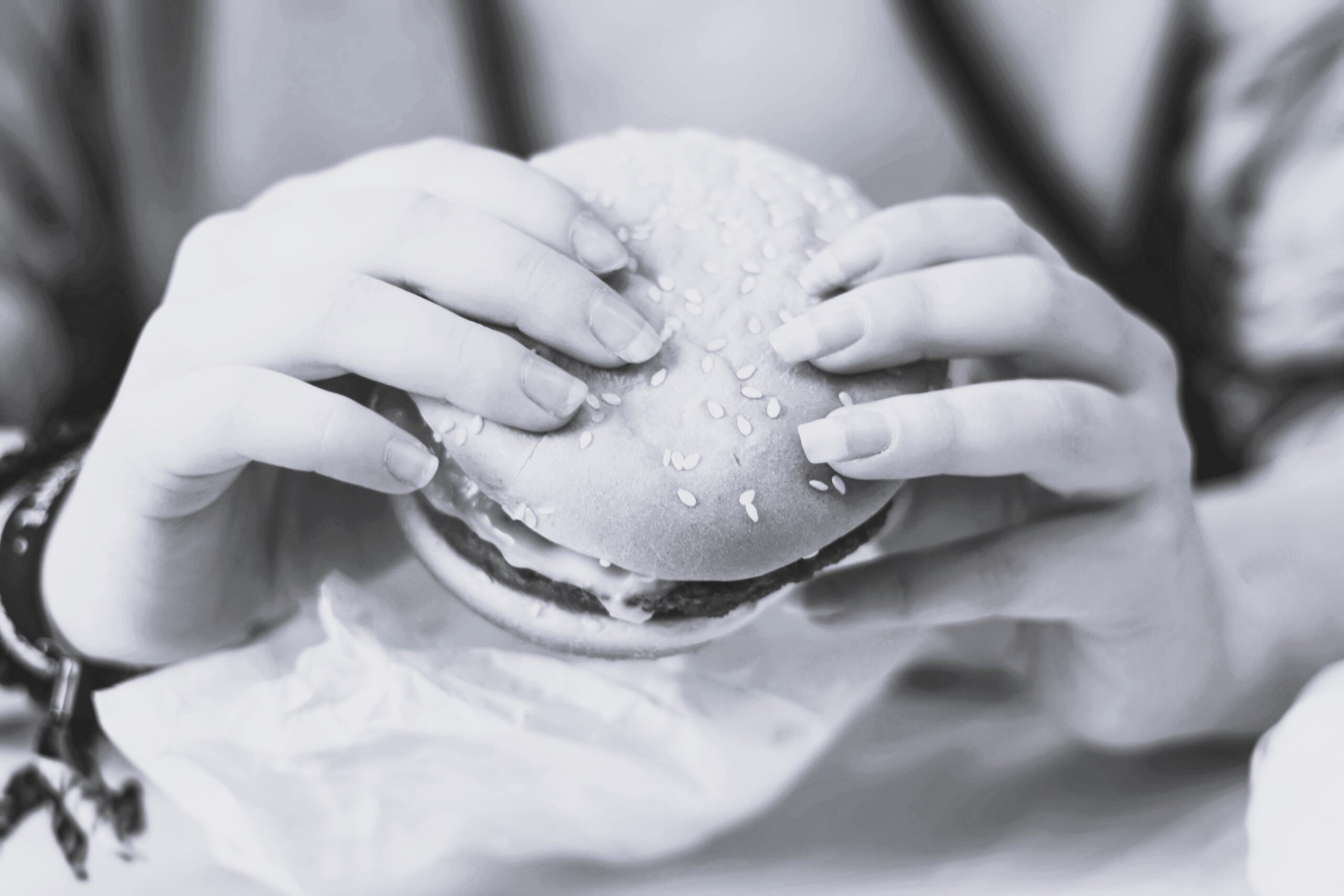War of the Mac

There’s been a European war going on over the “Mac”. On one side is the multinational fast food chain McDonald’s and on the other is the underdog Irish fast food chain Supermac’s. Over the last ten years, McDonald’s and Supermac’s have been fighting a trademark war over the shared surname prefix “Mac”. And last month, Supermac emerged victorious from a battle by obtaining a partial revocation of McDonald’s Big Mac trademark for chicken sandwiches and restaurant services.
In 1967, McDonald’s introduced the Big Mac—the sandwich made of three buns, two beef patties, cheese, lettuce, pickles, onions, and sauce. As McDonald’s grew, the Big Mac became McDonald’s flagship and signature product. Meanwhile in 1978 Ireland, Pat McDonagh, nicknamed “Supermac” from his Gaelic football days, founded the Supermac’s, a fast-food franchise serving beef burgers, chicken burgers, and fries. In mid 2010s, Supermac’s decided to expand outside the Irish island and applied for EU trademarks but ran into McDonald’s EU trademarks using the surname prefix “Mac”, including the trademark for Big Mac.
Fast-forward to 2017, Supermac’s filed an application for revocation of McDonald’s trademarks, including the Big Mac trademark. Under EU trademark regulations, a trademark must be revoked if the trademark hasn’t been used in the EU for a period of five continuous years. The European justice court distinguished between a trademark for beef sandwiches and chicken sandwiches and found that the only evidence of a Big Mac chicken sandwich was a short lived Grand Big Mac Chicken sold in France in 2016. The European court also found that Big Mac had never been used to reference McDonald’s restaurant. Therefore, the European court of justice partially revoked McDonald’s Big Mac trademark as to ‘chicken sandwiches’, ‘foods prepared from poultry products’, and restaurant services.
The takeaway is that business strategy and trademark strategy goes hand in hand. McDonald’s trademark strategy was to use their Big Mac trademark registration to stop the expansion of Supermac’s restaurants, but their business strategy could not back up the Big Mac trademark with actual use for restaurants. This created a gap between business and trademark which Supermac’s was able to exploit by successfully challenging the Big Mac trademark. Therefore, when looking to make expansive trademark registrations, a business owner must make sure that the business matches what’s in the trademark, especially when asserting the registration against a competitor. Otherwise, the trademark and the strategy can be vulnerable to challenge.
As the law continues to evolve on these matters, please note that this article is current as of date and time of publication and may not reflect subsequent developments. The content and interpretation of the issues addressed herein is subject to change. Cole Schotz P.C. disclaims any and all liability with respect to actions taken or not taken based on any or all of the contents of this publication to the fullest extent permitted by law. This is for general informational purposes and does not constitute legal advice or create an attorney-client relationship. Do not act or refrain from acting upon the information contained in this publication without obtaining legal, financial and tax advice. For further information, please do not hesitate to reach out to your firm contact or to any of the attorneys listed in this publication.
Join Our Mailing List
Stay up to date with the latest insights, events, and more





